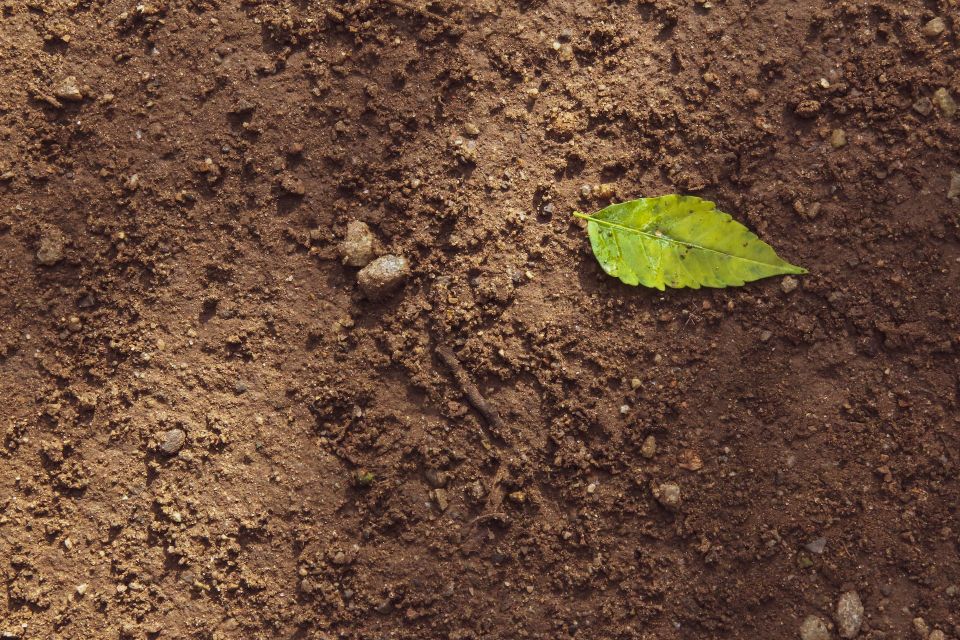Soil stabilization improves soil properties for construction by enhancing its strength, durability, and resistance to weathering. Stabilization techniques improve soil conditions for various construction applications such as road construction, building foundations, and landfills. However, soil stabilization techniques' success depends on several factors influencing their efficacy.
Here are five factors that affect soil stabilization techniques.
1. Soil TypeThe type of soil being stabilized is a critical factor affecting soil stabilization techniques' success. Different soil types, such as clay, sand, silt, and loam, have different properties that affect the effectiveness of soil stabilization.
For instance, clay soils have a high water-holding capacity, which makes them susceptible to swelling and shrinking when exposed to moisture and dryness. Therefore, stabilizing clay soils requires techniques that can mitigate this effect.
On the other hand, sandy soils have poor water-holding capacity, which makes them prone to erosion. Soil stabilization techniques for sandy soils should increase their water-holding capacity.
2. Moisture ContentThe moisture content of the soil is another critical factor that affects soil stabilization techniques. The soil's moisture can affect the strength and durability of the soil stabilization technique. When the soil is too dry, it may not bond well with the stabilization material, leading to poor results.
On the other hand, when the soil is too wet, it may be unable to hold the stabilization material, leading to erosion and instability. Therefore, the moisture content of the soil should be within a specific range to ensure that the stabilization technique is effective.
3. Stabilisation MaterialThe type of stabilization material used is another factor that affects soil stabilization techniques. Stabilization materials such as lime, cement, and fly ash have different properties that affect their efficacy. For instance, lime can stabilize clay soils by reducing their plasticity and increasing their strength.
Conversely, cement stabilizes sandy soils by improving their water-holding capacity and increasing strength. The choice of stabilization material should be based on the soil type and the desired outcome of the stabilization process.
4. Construction MethodsThe construction method used during soil stabilization also affects its efficacy. The construction method should be appropriate for the soil type and the stabilization material. For instance, if lime stabilizes clay soil, the construction method should distribute the lime evenly throughout the soil to ensure uniformity.
On the other hand, if cement stabilizes sandy soil, the construction method should mix the cement thoroughly with the soil to improve its water-holding capacity.
5. ClimateThe climate of the region where soil stabilization is carried out also affects its efficacy. Regions that experience extreme weather conditions, such as high rainfall or extreme temperatures, can affect the stability of the soil stabilization technique.
High rainfall can cause erosion of the stabilized soil, while extreme temperatures can cause the soil to expand or contract, leading to instability. Soil stabilization techniques should be carried out in a region with a favorable climate.
ConclusionConsidering these factors when selecting a soil stabilization technique is essential to ensure its effectiveness. By doing so, construction projects can enhance the soil's stability, leading to safer and more reliable structures.
Are you looking for a reliable, experienced team to stabilize your soil? Look no further than Terra-Firma Stabilization & Reclamation! From
soil stabilization to full-depth reclamation. We can transform even the most challenging soil conditions into a stable and durable foundation for your construction project. Contact us today!

